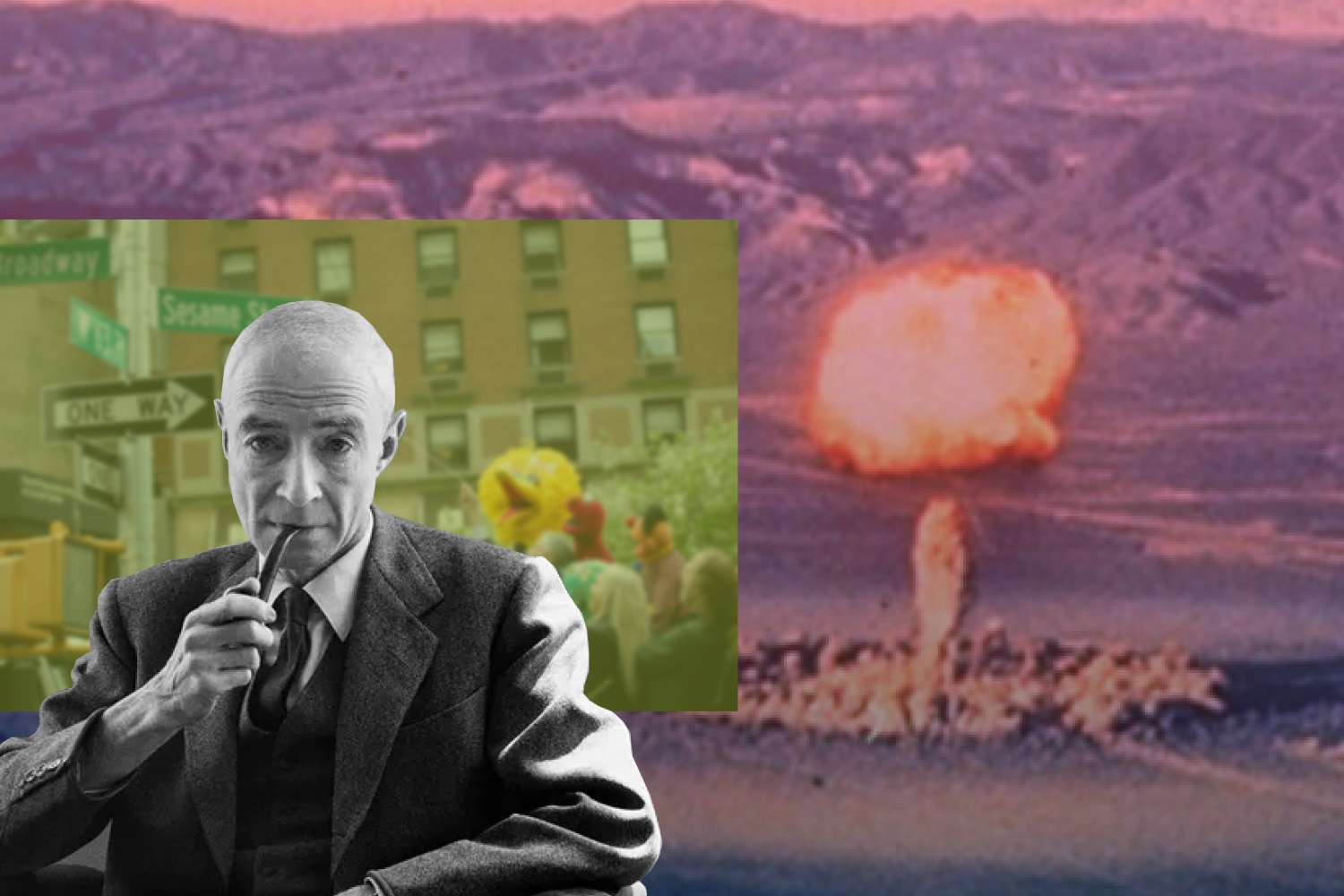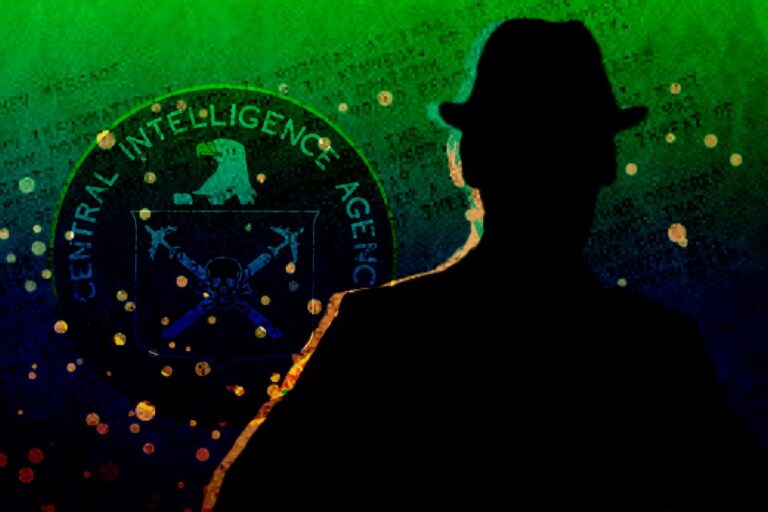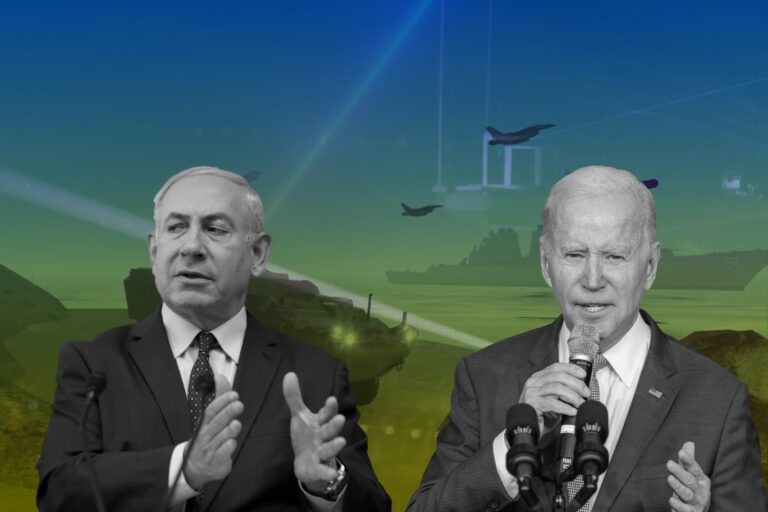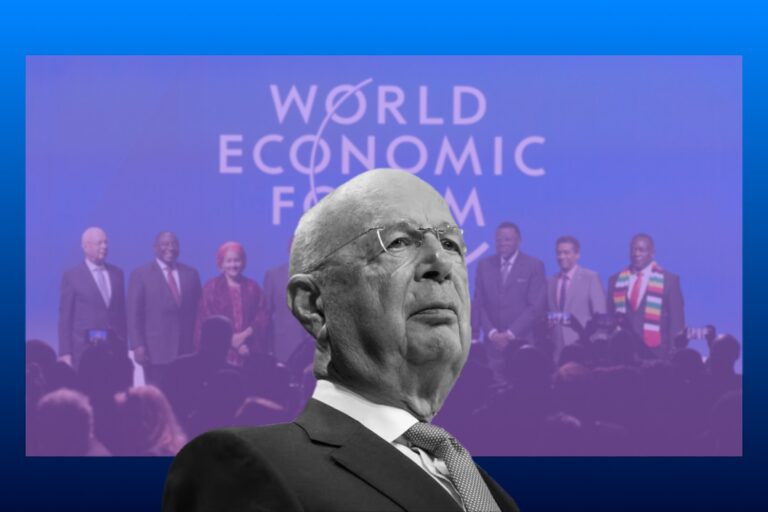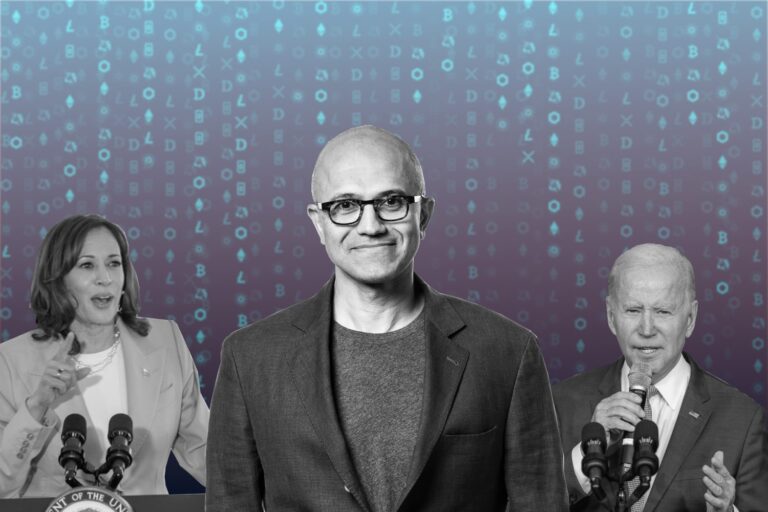Robert Oppenheimer – A Cloud Bellowed into the Sky of Unbearable Heat
Christopher Nolan expressed he could comprehend why some might think of the film Oppenheimer, for the race to develop the atomic bomb during World War II and the man who led the project within the U.S., as a “horror movie.”
In Wired’s latest cover story, the Oscar-winning director, writer, and producer explored J. Robert Oppenheimer and his role in the Manhattan Project, which saw him take the lead in nuclear weapon research and development during the Holocaust.
At one point, while addressing the differences between artificial intelligence and nuclear advancements, the ethics of Silicon Valley, and why Oppenheimer is “the most important man who ever lived,” Nolan described a conversation he had with a fellow filmmaker regarding the tone of his film.
In recent years, a compelling tale has been a desired commodity in nonfiction films, yet it merely allows audiences to empathize with their subjects rather than understand them.
“Historians sometimes call him a complicated figure,” Alex Wellerstein, a historian of science and nuclear technology and professor at the Stevens Institute of Technology, said of Oppenheimer. “You cannot come up with a simple version of him.”
Was he a hero who helped end a bloody world war, or just a villain who unleashed untold destruction? The answer, like Oppenheimer himself, is complex and intriguing. He is a man of many stories, so get comfortable as we uncover the life and legacy of Robert Oppenheimer.
Was he a hero who helped bring a dreadful world war to an end, or a criminal who woke the devil up? The answer, like Oppenheimer, is complicated and intriguing. He is a man of many stories, so settle in as we explore Robert Oppenheimer’s life and legacy.
Unbearable Emotional Turmoil Killing From the Within
Robert Oppenheimer was born on April 22, 1904, in New York City to rich German Jewish immigrants Julius and Ella Oppenheimer. As a true prodigy, he showed an early aptitude for science and literature. However, due to his family’s enormous fortune, Robert grew up spoilt. His adoring parents fulfilled his every wish, which caused him emotional problems later in life.
Robert’s extraordinary intelligence was accompanied by arrogance at school, making him a target for bullies. He was humiliated at summer camp when other boys stripped him naked and forced him to lie in an icehouse overnight. Oppenheimer withdrew inwards, finding safety in his enthusiasm for physics, declaring that he needed physics more than he needed people.
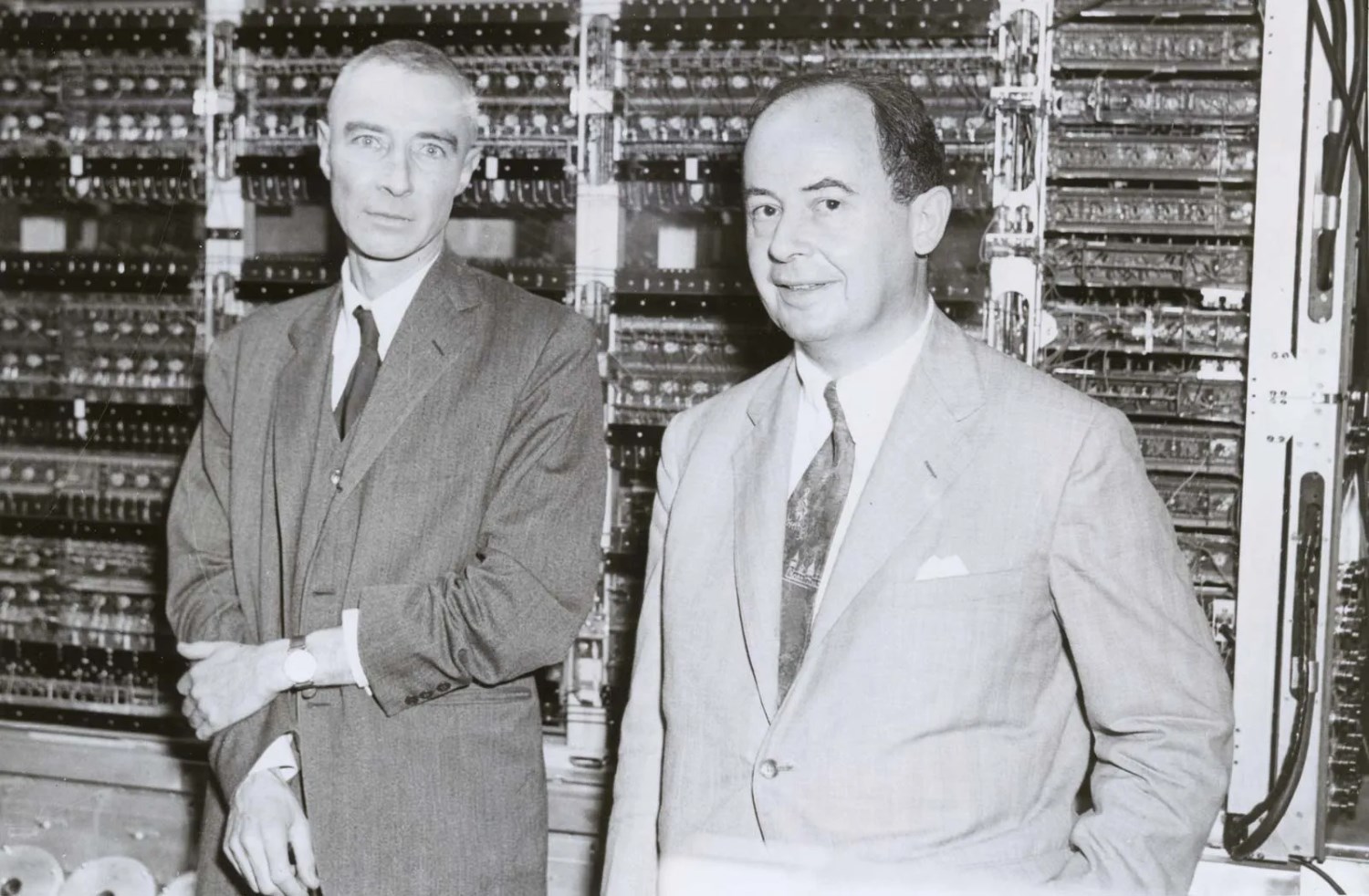
Despite the mental challenges, his scientific brilliance allowed him to fly through school. Graduating at the age of 17, he briefly attended Harvard before transferring to Cambridge University, where he found himself isolated and lonely in a foreign country without the constant presence of his family.
Around this time, Robert’s personal life took a turn for the worst. He split up with his long-term girlfriend and had heated confrontations with his mother, which exacerbated his depression. As a shy young man, he began to show signs of mental instability.
During his time at Cambridge University, Oppenheimer developed a seething hatred for Patrick Blackett – his tutor.
In 1926, when the tensions reached a breaking point. Oppenheimer, overwhelmed by his animosity, resorted to a dangerous act. He injected an apple with poison and placed it on Blackett’s desk before leaving the room and going on vacation.
Fortunately, Patrick Blackett never ate the poisoned apple and the administrators at Cambridge University eventually acknowledged his crime, leading them to consider pressing charges for attempted murder.
Despite the seriousness of the situation, Oppenheimer’s wealthy father intervened, persuading his son to seek counseling and helping him avoid legal consequences. Consequently, Oppenheimer received probation as the resolution to the incident.
Things began to improve for Oppenheimer when he moved to Göttingen University in 1926. There, he had the opportunity to work with the legendary physicist Max Born, who had recently coined the term “quantum mechanics.” Born’s mentorship had a significant impact on Oppenheimer, just as he mentored other renowned scientists like Werner Heisenberg of the Heisenberg uncertainty principle and Enrico Fermi of the Fermi paradox.
Under Max Born’s guidance, Oppenheimer excelled in theoretical physics, finding his true passion and purpose. The dissatisfaction in academics lifted, and his state of mind improved significantly. At the age of 23, Oppenheimer obtained a Ph.D. in physics, having published over a dozen papers in just two years.
Despite his unconventional approach, Oppenheimer’s brilliance made him an academic icon. In 1941, he received an invitation that would change everything.
He was asked to join the Manhattan Project, the ultra-secret U.S. government program aimed at developing an atomic bomb. Accepting this role would forever alter the course of his life and the course of history itself.
Unholy Power Waken up – The Birth of Atomic Bomb
The seeds of nuclear warfare were sown in the United States by a single pivotal letter sent by physicist Leo Szilard and signed by none other than Albert Einstein.
The letter, sent to President Franklin D. Roosevelt in August 1939, addressed the theoretical possibility of an atomic bomb. There was also a serious warning in the correspondence: Germany had already begun stockpiling uranium from Czechoslovakia.
This suggested that the Nazis were on their way of developing their own atomic bomb. The importance of this information, combined with the advent of World War II, demanded an immediate response from the United States.
That’s the driving force behind the Manhattan Project to establish in 1942, a massive scientific and military cooperative effort to create a weapon of unimaginable power, a deterrent so powerful that it would end the war and discourage future battles.
Central to this historic mission was the appointment of J. Robert Oppenheimer. It was an unmatched leadership role that marked the start of his legacy. Oppenheimer appeared to be a strange pick for Project Director; he was a theoretical physicist rather than an engineer, and his political associations sparked a few concerns among security agencies.
Nevertheless, the project’s military commander, General Leslie Groves, identified in Oppenheimer a rare mix of great intellect, charisma, and administrative expertise as a leader. His quick mind proved to be a big asset; with his brilliance, he could cut through the noise and get to the heart of a problem quickly.
J. Robert Oppenheimer played a major role in the development of the atomic bomb, beginning with the foundation of the covert Los Alamos laboratory in New Mexico, where he directed the design and production of the weapon. In this private setting, he turned from an academic to a visionary leader, bearing the enormous responsibility of determining the fate of the planet.
He expertly coordinated multiple scientific fields, defusing conflicts and encouraging teamwork. Beyond technical difficulties, Oppenheimer had to deal with political complexity, moral dilemmas, and the tough job of collecting the needed nuclear ingredients and designing the bomb’s triggering mechanism.
Despite the massive barriers, he and his team’s innovation and determination won, leading to a chain reaction of scientific and engineering breakthroughs that finished in the birth of the atomic bomb within just two seconds.
It was July 16, 1945, yet all was still in the New Mexican desert. An explosion burst through the comfortable air, followed by a frightfully loud scream. At the Trinity test site, the first atomic bomb, called “The Gadget,” had just been successfully exploded. The mushroom cloud grew to a height of 12 kilometers, and the shockwave blast could be felt more than 160 kilometers distant. Nuclear warfare has begun, eternally changing the course of history.
“Now I Am become Death, the Destroyer of Worlds.”
As the mushroom cloud spread into the sky, Oppenheimer said to be quoted a passage from the Hindu scripture Bhagavad-Gita. “Now I am Death, the destroyer of worlds,” he warned.
The Manhattan Project’s efforts culminated in the development of two types of atomic bombs: Little Boy, a uranium-235 weapon, and Fat Man, a plutonium-239 weapon.
Midway through World War II’s sixth year, 1945, Japan continued to resist despite Germany’s surrender. The Pacific War had taken an enormous toll, and Japan’s savage island-hopping tactics had demonstrated that they were determined to fight to the death.
In 1945, President Roosevelt’s passing transferred the decision to President Harry S. Truman, who faced the agonizing dilemma of employing atomic bombs to swiftly end the war, despite the humanitarian toll, or proceeding with an invasion resulting in potentially worse casualties.
The prospects of a devastating invasion of Japan, codenamed Operation Downfall, prompted urgent action as reports emerged of Japan’s biological weapons program, Unit 731, preparing a plague-carrying attack on the American West Coast.
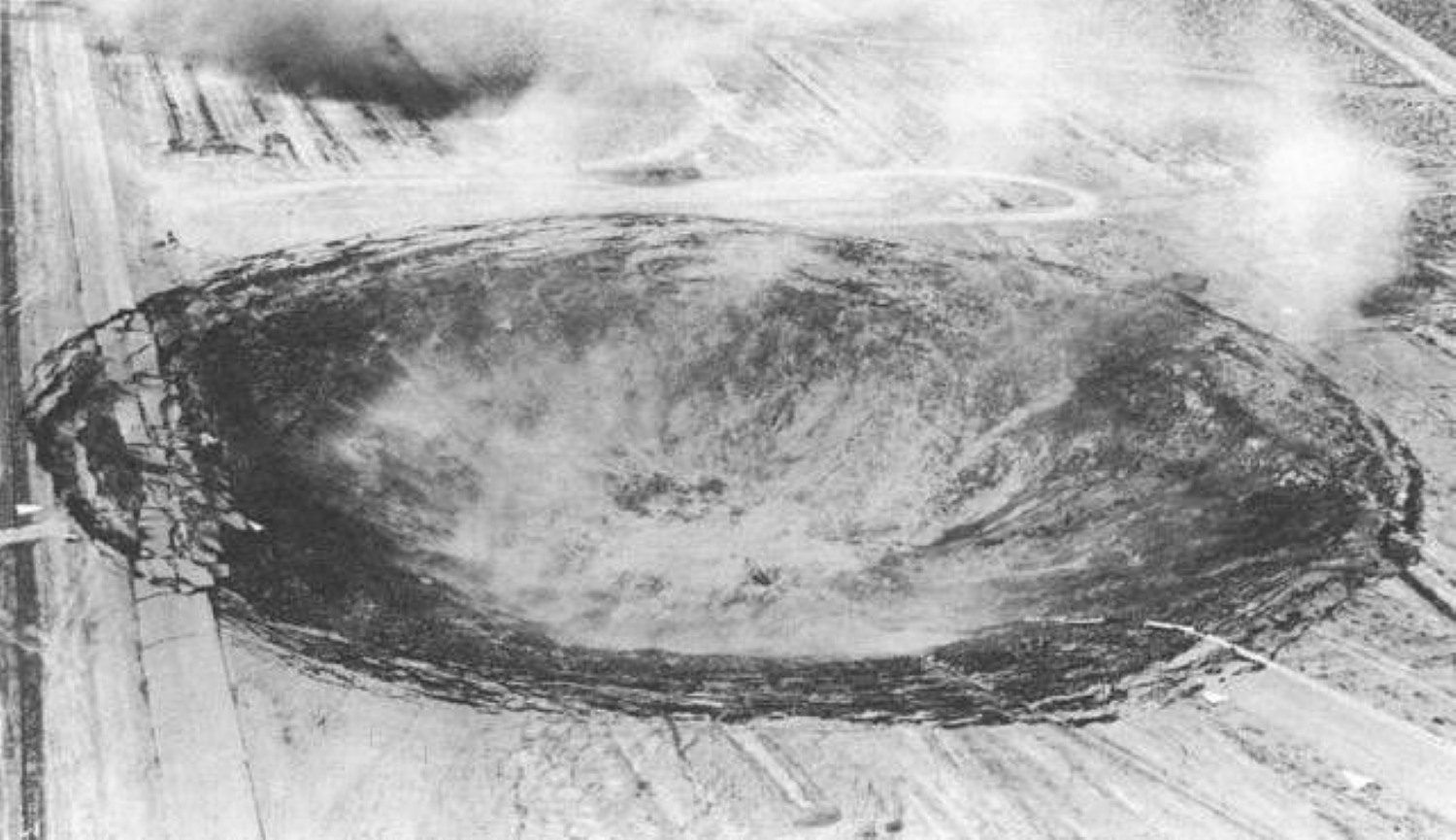
Opting for the former, atomic bombs were dropped on Hiroshima and Nagasaki in August 1945, causing catastrophic destruction and loss of life. Little Boy obliterated Hiroshima, instantly killing around 70,000 people, and Nagasaki was devastated by Fat Man, causing approximately 40,000 immediate deaths. This forced Japan to surrender, bringing an end to World War II.
The use of atomic bombs marked a devastating new chapter in warfare, exposing humanity for the first time to the potential of complete self-destruction. Throughout this period, Oppenheimer found himself in the midst of an escalating debate within the scientific community and the military hierarchy.
Even though the decision to drop the bombs was in the hands of the political and military leaders, the legend was deeply affected by the loss of life and the destruction caused by the weapons he had helped create.
From the Star on Stage to the Blacklisted in the Corner
Post-war, Oppenheimer ascended to a position of significant influence in shaping America’s nuclear policy. He was appointed chairman of the newly formed Atomic Energy Commission’s General Advisory Committee in 1947. Here, he would become a forceful champion for international nuclear control in order to avoid a global arms race.
As chairman of the Atomic Energy Commission’s General Advisory Committee, Oppenheimer grew increasingly vocal about his concerns on the acceleration of nuclear weapons development.
Oppenheimer’s nuclear policy stance, as well as his previous ties with left-leaning political organizations, prompted questions about his loyalty and political alignment. These concerns emerged in 1953, when President Eisenhower and a special committee suspended Oppenheimer’s security clearance.
A hearing was held in 1954 to determine if his security clearance would be reinstated. Oppenheimer was accused of having communist ties and being a threat to national security, but these claims were never proven.
Despite widespread support from the scientific community, the hearings resulted in a negative decision, and his security clearance was not returned. Oppenheimer’s direct influence on nuclear policy was virtually limited by this decision, which represented an abrupt shift in his career and reputation.
Sadly, Oppenheimer’s health began to deteriorate shortly after, and in 1966, he was diagnosed with throat cancer. After a short battle with the disease, Oppenheimer passed away on February 18, 1967, at the age of 62.
Despite his death, the work he started continues. Nuclear weapons have proliferated across the world since the first atomic bomb test. The United States, Russia, the United Kingdom, France, China, India, Pakistan, Israel, and North Korea are the only countries that openly possess nuclear weapons.
The Spell that Behemoths Don’t Want to Leave
It’s been 75 years since the United States dropped an atomic bomb on the Japanese city of Hiroshima, thereby ending World War II and ushering in the nuclear age, but survivors like Masaaki Takano are still dealing with the fallout.
“I’m mentally trying hard to pretend I’m OK,” Takano, 82, told NBC News in Japanese over the phone from Japan.
Takano has been living with his ailments silently for decades. He was not recognized as a “hibakusha” — a bombing survivor — since he was not within the immediate radius of the blast.
However, a Japanese court finally admitted in 2020 that he and 83 other plaintiffs had been exposed to hazardous radiation from “black rain” – the radioactive fallout that poured from the skies in the aftermath of the explosion.
This is not the only reason for the world to consider the ethics of nuclear bombs and warfare, national leaders have been coming into numerous treaties and agreements aimed at nuclear disarmament. Despite these papers, technological advancements have increased the destructive potential of these weapons, and for this reason, the threat of nuclear war remains a global concern.
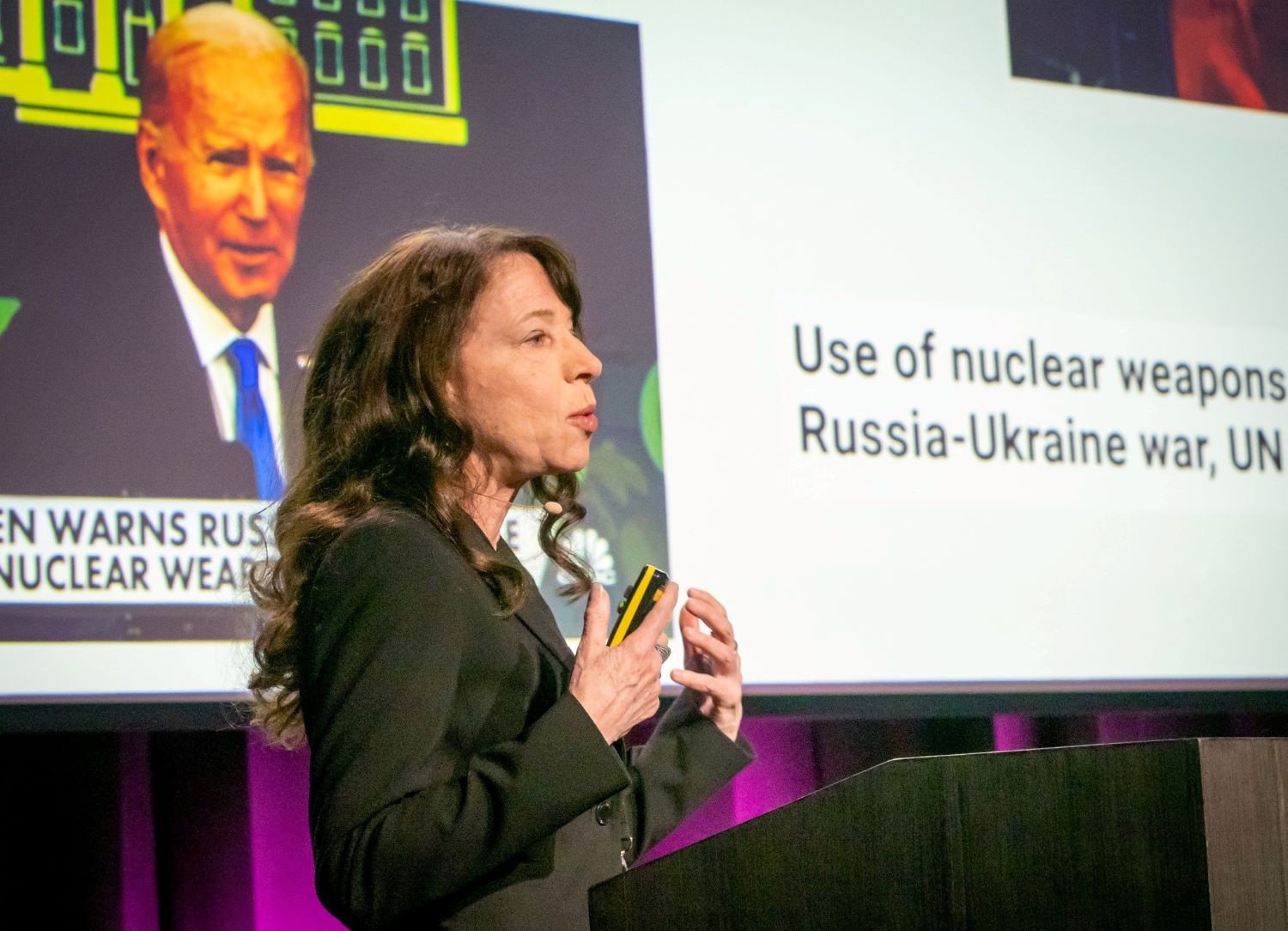
This was exacerbated further when the world took an unsafe path in recent years. According to surveyed experts, the most alarming possibilities in 2023 include potential flashpoints involving major countries, such as a cross-strait crisis around Taiwan, an escalation of the war in Ukraine or political instability in Russia, and nuclear weapons development by Iran and North Korea.
Every November, the Council on Foreign Relations’ (CFR) Center for Preventive Action (CPA) conducts the fifteenth annual Preventive Priorities Survey, which asks foreign policy experts to evaluate thirty ongoing or potential violent conflicts based on their likelihood of occurring or escalating this year, as well as their potential impact on US interests.
The surveyed experts also warn of a growing risk of the United States becoming embroiled in a military confrontation with either China or Russia. Although none of the top possibilities were deemed very likely in 2023, respondents evaluated each as having an equal chance of occurring.
“The Joe Biden administration is faced with great power rivalries and nuclear program tensions as it attempts to navigate a dangerous geopolitical landscape. Striking a balance between advocating for U.S. interests and avoiding a confrontation with China or Russia will be the most significant challenge of 2023,”
That’s what was being said by Paul B. Stares, CPA director, and General John W. Vessey senior fellow for conflict prevention.
Nuclear weapons are the most terrifying weapon ever invented since no weapon is more destructive. For that reason, many people wished that this present of devil was never created. However, is it a good scenario without the birth of atomic bomb? Let’s read on.
Fake Scenario – The Absence of Nuclear Bombs and Its Ramifications
By August 1945, Japan could no longer hope to win the Great Pacific War. The Japanese armed forces, however, were still capable of killing and injuring tens of thousands of American soldiers, sailors, and marines on land and water.
In a scenario where political support for invading Japan waned, the US might have accepted a Soviet invasion of northern Japan. This could have led to a divided Japan with the Red Army in the north. The Soviets might have rejected keeping Emperor Hirohito and the Cold War dynamics could shift, potentially emboldening China and altering US containment efforts in Asia.
Without nearby bases, US logistics would suffer, and showcasing nuclear power could trigger all-out nuclear conflict. Complex decisions sometimes arise when all options have serious downsides.
Because of these devastating pitfalls, many people just want to live in a world where they don’t have to bear the concern of getting nuked in an unexpected day.
However, it is difficult to envision a world in which no one built or researched nuclear weapons. It could have happened if World War II had not occurred.
Let’s pretend no one did, we might not have nuclear energy, nuclear medicine, or computers that were initially designed for nuclear weapons research. Because many materials are inspected using radioactive materials (X-rays), our cars, airplanes, buildings, and bridges may be less safe.
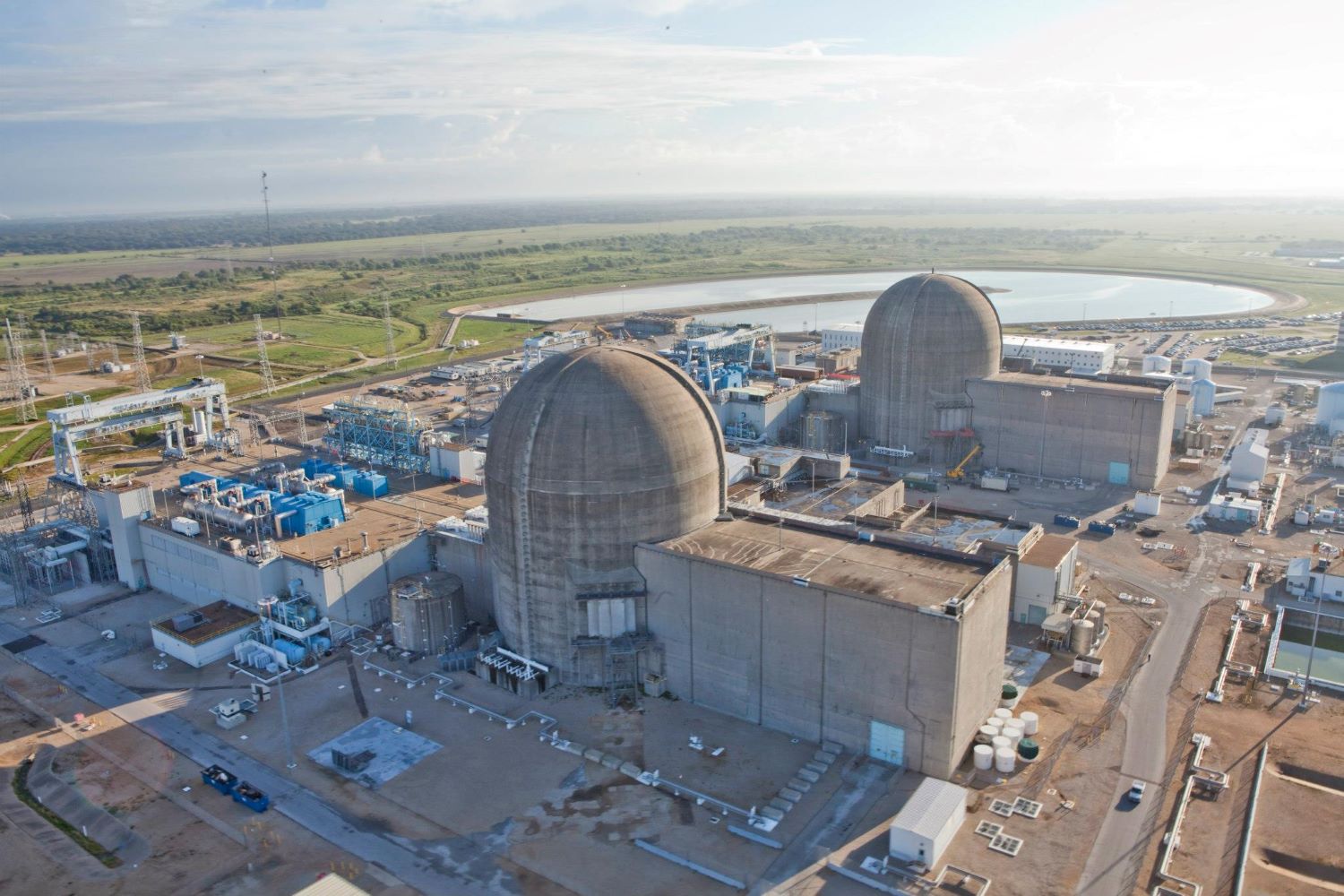
Because we employ gamma rays to sterilize numerous goods, our food supply may become less trustworthy. Without its plutonium power supply, the Mars rover Curiosity would not be zapping rocks on Mars. The New Horizons mission visited Pluto summer 2025, and the two Voyager spacecraft that are departing the solar system are still talking with us because of the same power sources.
Your home’s smoke detectors rely on americium, a man-made nuclear element. We might not have known that protons and neutrons are formed of quarks, and Murray Gell-Mann would not have received his Nobel Prize for discovering this. We might not have discovered the Higgs Boson particle, and who knows how significant that would have been.

